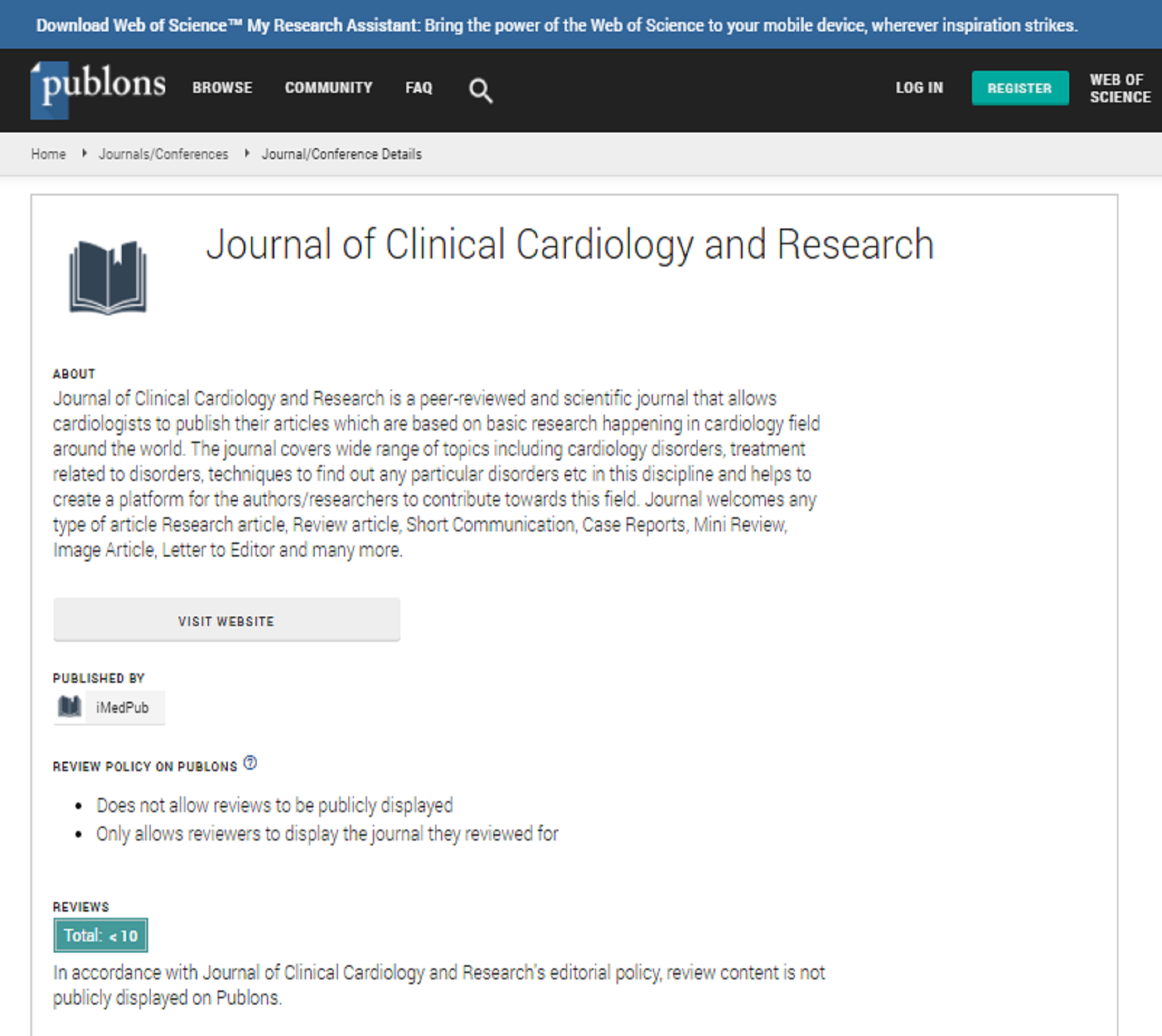Abstract
Heart Illness and Hypertension in Juveniles
There is an established connection between hypertension and cardiovascular disease, as well as other conditions. Certain risk factors are known as primary risk factors for hypertension. These include obesity, family history, high cholesterol and triglycerides, and type 2 diabetes. Secondary risk factors are plentiful—some common, others rare. They include chronic kidney disease (chronic or polycystic), heart issues, often coarctation of the aorta, adrenal problems, hyperthyroidism, pheochromocytoma (which is a rare tumor located within the adrenal gland), renal artery stenosis or narrowing of the artery that leads to the kidney, and numerous types of sleep disorders, particularly obstructive sleep apnea. Some researchers have discovered even more unusual factors; others have studied co-morbidity. There are easy ways to check for hypertension in children, and steps that can be taken in many cases to reduce the chance of cardiovascular and other diseases, many of which manifest in adulthood. High blood pressure in youth has decreased, but youth are still at risk. Between 2001 and 2016, the prevalence of high blood pressure declined as measured by both the new and former guidelines. But there are still many young people with high blood pressure and other cardiovascular disease risk factors, such as obesity and diabetes. Even with this downward trend, under the new guideline more youth are classified as having high blood pressure than 15 years ago under the former guideline. The new guideline changes the numbers and uses a lower threshold for high blood pressure. Compared to the former guideline, the updated guideline reclassifies 2.6% of youth in the United States, or nearly 800,000 young people, as having high blood pressure. Nearly half of these newly reclassified young people have obesity. Obesity in youth means having a body mass index (BMI) greater than or equal to the 95th percentile. (Calculate your child’s BMI.)Youth ages 18 to 19 account for about half of the increase, and males account for more than two thirds.An estimated 1.3 million youth ages 12 to 19 would have high blood pressure according to the newguidelines, or about 1 in 25 children. In a classroom of 30 youth, 1 person would have hypertension, and about 3 more would have elevated blood pressure.Risks for cardiovascular disease that start in childhood are more likely to carry over into adulthood. Youth who have cardiovascular disease risk factors, such as high blood pressure, obesity, and diabetes, are more likely to have these risk factors as adults, putting them at greater risk for heart disease and stroke.A healthy diet and regular exercise are important to reducing these risk factors. Ensuring that youth are eating a healthy diet and getting enough physical activity is crucial to helping prevent cardiovascular disease. In this study, we performed a systematic review and meta-analysis of all eligible longitudinal studies to quantify the associations between elevated BP in childhood or adolescence and 3 intermediate markers of CVD in adulthood, including high PWV,9–12 high cIMT,10,12–14 LVH,10,15–17 and several CVD hard outcomes in adulthood, including nonfatal CVD,6,7,24 and CVD and total mortality.25–28 We also quantified the combined effects of elevated BP in both childhood (or adolescence) and adulthood on intermediate CVD markers in adulthood.
Author(s): Mohyeddin Alarabid
Abstract | PDF
Share This Article
Google Scholar citation report
Journal of Clinical Cardiology and Research peer review process verified at publons
Abstracted/Indexed in
- Google Scholar
- Publons
Open Access Journals
- Aquaculture & Veterinary Science
- Chemistry & Chemical Sciences
- Clinical Sciences
- Engineering
- General Science
- Genetics & Molecular Biology
- Health Care & Nursing
- Immunology & Microbiology
- Materials Science
- Mathematics & Physics
- Medical Sciences
- Neurology & Psychiatry
- Oncology & Cancer Science
- Pharmaceutical Sciences

